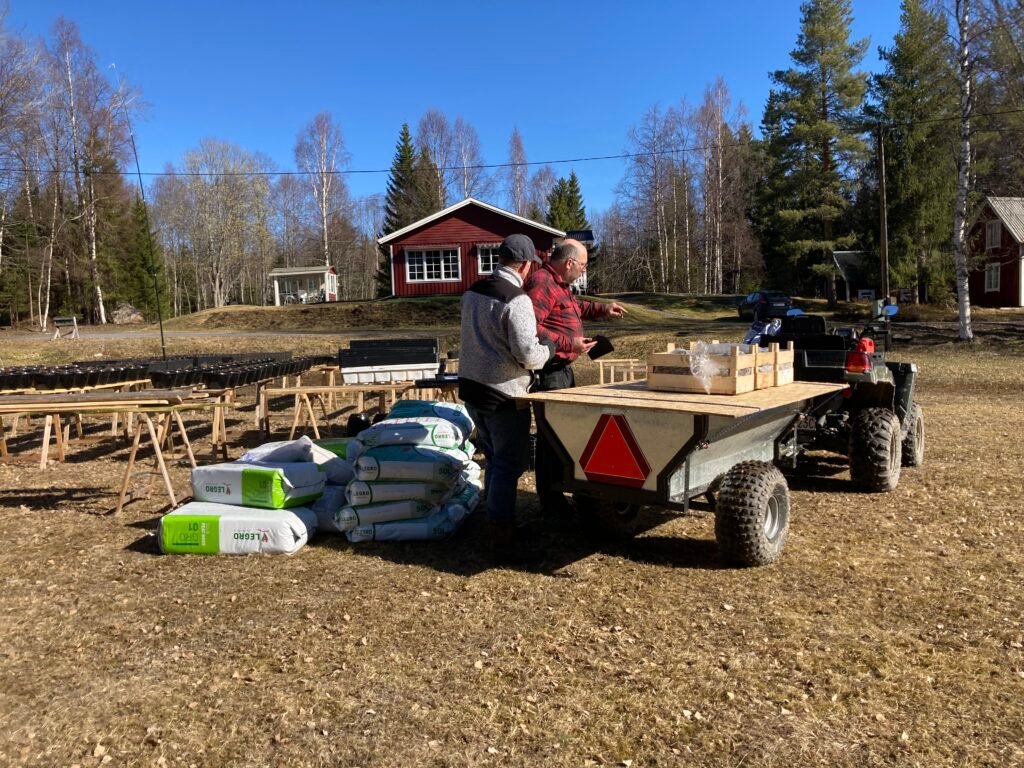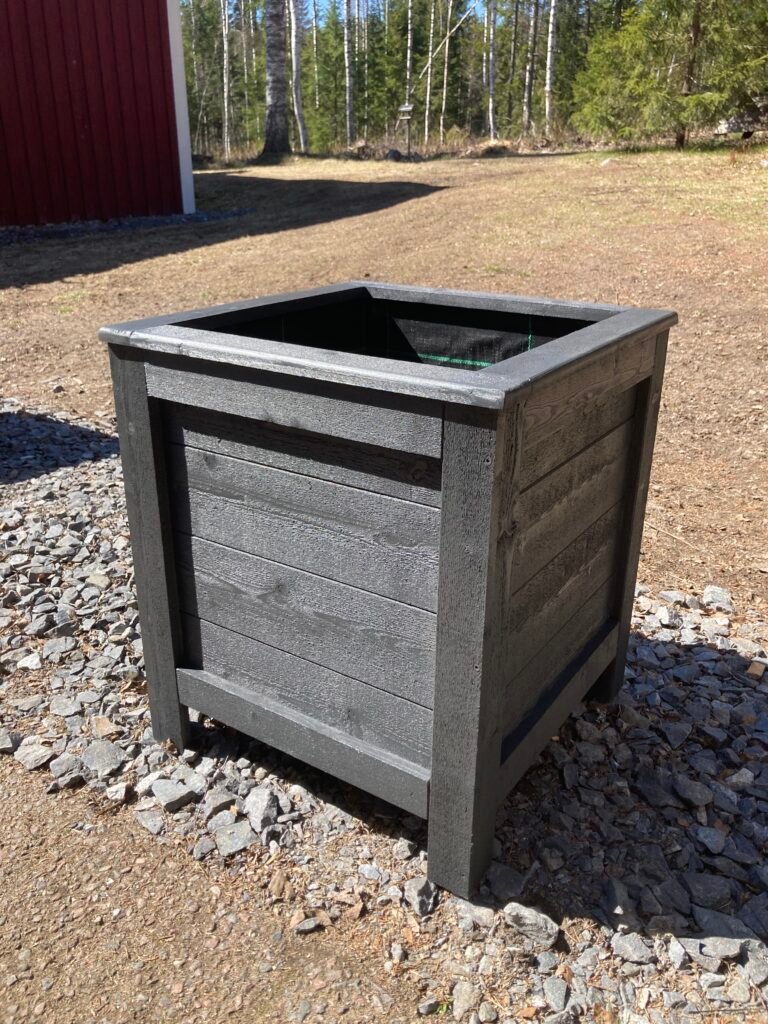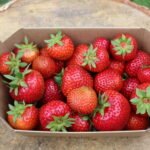Welcoming Spring in Northern Sweden
Welcoming spring in Northern Sweden is a remarkable spectacle characterized by significant changes in the environment and the atmosphere. As the season shifts, one can observe the gradual increase in daylight hours, which plays a crucial role in marking the onset of spring. During the winter months, the region is shrouded in a blanket of snow; however, as temperatures begin to rise, the white landscape transforms, paving the way for the vibrant palette of spring.
Welcoming Spring, Cleaning in the Vegetable Garden
As the winter frost recedes and spring takes hold in the north of Sweden, the time for garden preparations has arrived. Welcoming spring, cleaning of your vegetable garden is a pivotal step in ensuring a productive growing season. This process not only revitalizes the garden but also creates an inviting space for planting fresh crops. Essential to spring cleaning is the removal of debris accumulated during the winter months. Fallen leaves, twigs, and old plant matter should be cleared away as they can harbor pests and diseases that may compromise your garden’s health.
Once the garden area is tidy, tilling the soil becomes the next critical task. This practice helps aerate the soil and breaks up compacted layers, allowing nutrients and water to permeate more effectively. In the northern regions, where the ground may still be cold, it is advisable to wait until the soil is dry enough to work. Assessing soil health during this process is crucial, as it informs you of any necessary amendments. Conducting a basic soil test will reveal nutrient levels and pH balance, guiding your choices for fertilizers and organic matter additions.
Furthermore, this period of preparation presents an excellent opportunity to organize your gardening tools. Ensuring that equipment is clean and in good working order will facilitate smooth operations as you embark on your planting journey. Consider planning your garden layout to maximize space and sunlight exposure, which is particularly important in the shorter growing season of northern Sweden. Understanding plant compatibility and rotation can enhance yield and reduce pest issues. Engaging in these practices not only prepares your garden but also allows for meditative reflection on the joys of spring gardening, setting a positive tone for the months ahead.
Choosing the Right Vegetables for Spring Planting
As spring approaches in the north of Sweden, gardeners are presented with the opportunity to cultivate a variety of vegetables suitable for this unique climate. The key is to select crops that thrive in cooler temperatures and can be planted early in the season. Two standout options for early planting include peas and radishes, as well as lettuce, each offering exceptional resilience and taste when harvested at the right time.
Peas are an excellent choice for spring planting as they are one of the first crops that can be sown directly into the garden. They typically prefer cooler soil, which makes them ideal for early planting. For optimal results, gardeners should space peas about two to three inches apart in rows that are approximately two feet apart. With the right care, peas can be expected to produce their first edible pods within 60 to 70 days of planting, providing an eagerly awaited first harvest.

Radishes are another fantastic option for those looking to maximize their spring garden. They require little space and grow rapidly, making them perfect for interplanting with slower-growing crops. When sowing radishes, gardeners should plant seeds about half an inch deep and one inch apart, ensuring enough airflow to prevent disease. Harvesting radishes can happen as soon as three to four weeks after planting, contributing an early burst of flavor to spring meals.
Lettuce, on the other hand, is a versatile crop that can thrive in the cool northern climate. It can be grown from seed or transplants, allowing for a staggered harvest. Lettuce plants should be spaced about 12 to 18 inches apart with adequate sunlight for optimal growth. Depending on the variety, gardeners can typically expect to start harvesting lettuce within 40 to 70 days of planting.
By choosing these vegetables and implementing suitable planting techniques, gardeners in northern Sweden can establish a bountiful spring garden and enjoy the fruits of their labor throughout the season.
Installing a Greenhouse: Enhancing Your Gardening Experience
Installing a greenhouse in your garden can significantly enhance your gardening experience, especially in the north of Sweden, where unpredictable spring weather may pose challenges for budding gardeners. The first step in the installation process is selecting the right type of greenhouse that best suits your specific climate requirements. Options range from traditional glass structures to more modern polycarbonate or polyethylene greenhouses. Each material offers different benefits concerning insulation and durability, critical for withstanding the sometimes harsh conditions found in the north.
Once you have chosen a suitable greenhouse type, consider the materials needed for construction. In addition to your chosen covering material, you will require a sturdy frame, which can be made from aluminum, steel, or wood, ensuring it can support the greenhouse weight while withstanding the winter snow load. Additionally, foundation materials such as gravel or concrete can provide stability for the structure, which is vital when winter transitions to spring, as the ground begins to thaw.
Location is a key aspect of greenhouse installation. Ideally, your greenhouse should be positioned to receive ample sunlight while being sheltered from strong winds. South-facing areas are typically preferred, as they maximize light exposure, crucial for plant growth. Ventilation must also be considered; proper airflow helps regulate temperature and humidity levels within the structure. Incorporating adjustable vents and shading options will aid in managing internal conditions during fluctuating temperatures.
Insulation becomes particularly important for early spring planting. Utilizing thermal mass, such as water barrels inside the greenhouse, can help retain heat during chilly nights. Local gardeners have found success using floating row covers for additional protection as seedlings emerge. They report that these simple techniques allow for an extended growing season and create a haven for diverse plant varieties, all while navigating the sometimes capricious north of Sweden spring.







